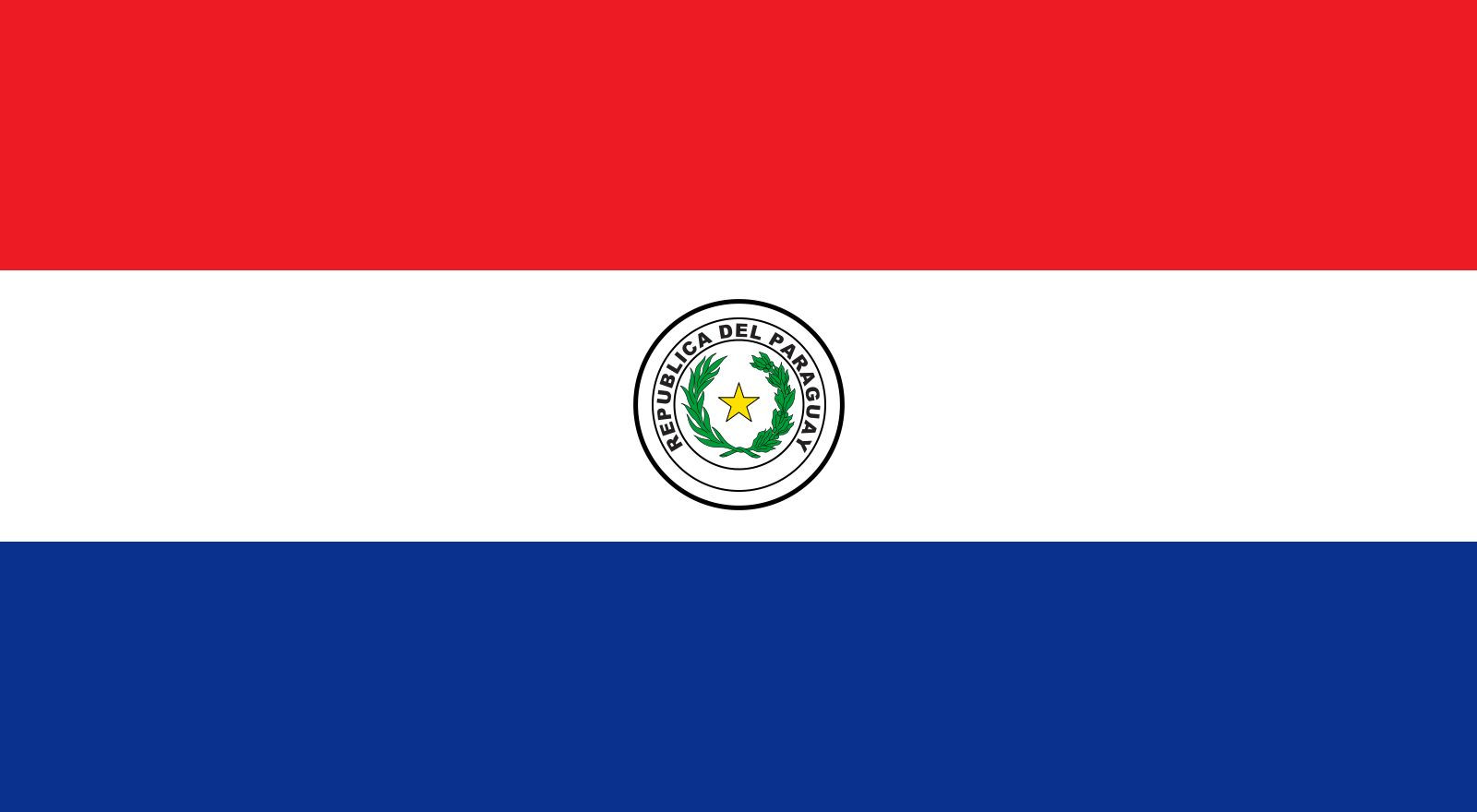Paraguay, officially the Republic of Paraguay, is a nation nestled in the heart of South America. Often referred to as “Corazón de Sudamérica” (Heart of South America) due to its central location on the continent, this landlocked country presents a unique blend of history, culture, and economic development. Understanding Where Is Paraguay situated geographically is the first step to appreciating its significance and distinct characteristics.
Geographically, Paraguay is positioned in south-central South America. It shares borders with three countries: Argentina to the south and southwest, Brazil to the east and northeast, and Bolivia to the northwest. Being a landlocked country, Paraguay does not have direct access to the ocean. This geographical characteristic has historically influenced its development and international relations, making river systems crucial for trade and connectivity. The capital city, Asunción, is one of the oldest cities in South America and serves as the political, economic, and cultural center of the nation.
Paraguay’s history is marked by periods of both progress and instability. It has been a participant in significant South American conflicts, including the War of the Triple Alliance (1864-1870) against Argentina, Brazil, and Uruguay, and the Chaco War (1932-1935) with Bolivia. Furthermore, the nation endured a civil war in 1947 and a prolonged authoritarian dictatorship under Alfredo Stroessner from 1954 to 1989. These historical events have profoundly shaped Paraguayan society, leaving a legacy that the country has been navigating in its journey towards democratization since 1989. Despite political challenges and instances of instability, Paraguay has been working to strengthen its democratic institutions and overcome past impediments.
The cultural landscape of Paraguay is particularly distinctive within South America. Unlike many of its neighbors, Paraguay boasts a relatively homogeneous population, primarily composed of individuals with European and Guaraní ancestry. The Guaraní culture is not just a historical element but a vibrant, living aspect of Paraguayan identity, prominently expressed in folk art and numerous festivals throughout the year. Notably, Guaraní holds the status of an official language alongside Spanish, a unique feature in Latin America where indigenous languages are often less widely spoken. This strong embrace of Guaraní is a significant marker of national identity and pride for Paraguayans.
 Flag Paraguay
Flag Paraguay
Economically, rivers are vital to Paraguay. The country’s name itself is believed to originate from a Guaraní term meaning “river that gives birth to the sea,” highlighting the importance of waterways. These rivers provide crucial access to the Atlantic Ocean and are harnessed for hydroelectric power generation. Paraguay has emerged as a major exporter of hydropower, leveraging its river resources. Additionally, Paraguay is a significant global producer of soybeans, and its eastern border region has seen advancements in diversified agriculture, contributing to improved living standards for many. Cooperative farming has played a role in enhancing the quality of life for farmers. However, issues like land reform and inequality persist as ongoing challenges in the Paraguayan economic landscape.
In conclusion, Paraguay’s location in the center of South America defines many facets of its existence. As a landlocked nation bordering Argentina, Brazil, and Bolivia, its geography has shaped its history, culture, and economy. From its rich indigenous heritage and bilingualism to its reliance on rivers and agricultural strengths, Paraguay presents a compelling and unique South American story.
